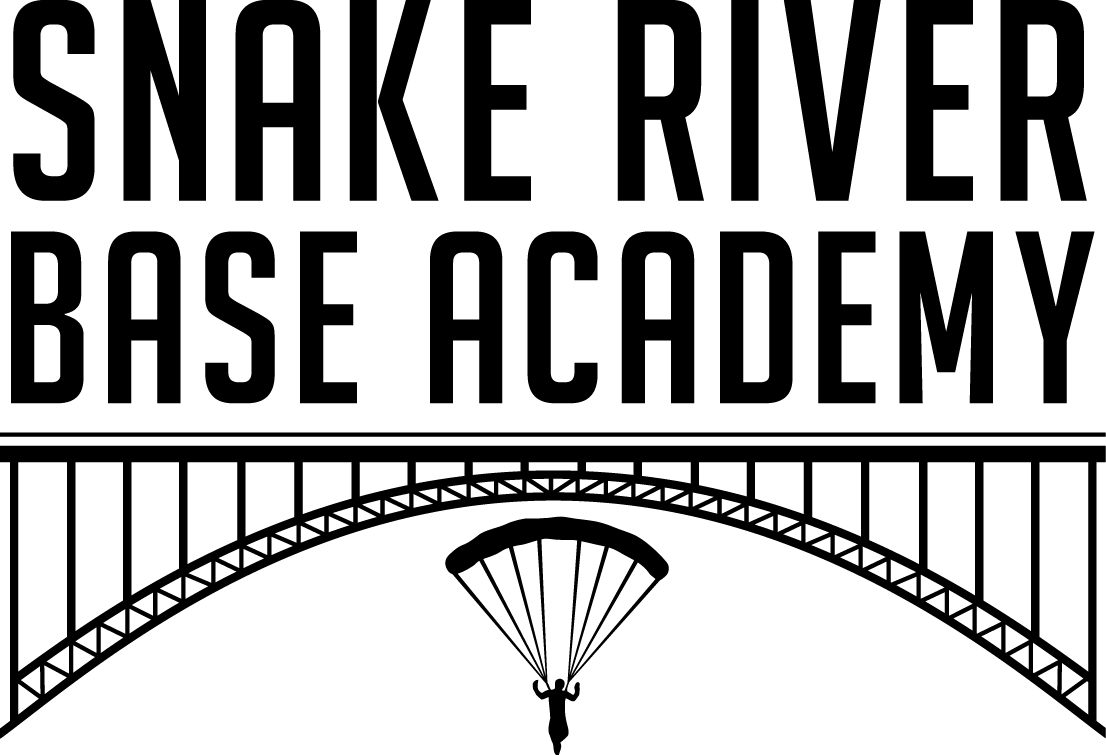Object Avoidance
Course Outline
Day 1: Deep Brake Settings Customization
Introduction: 30 minutes
BASE Skills Progression: Lecture, 30 minutes
Deep Brake Settings: Lecture, 30 minutes
Reasons for customizing DBS, process for finding custom settings
Brake Adjustment: Practice, 45 minutes
Practice session on brake adjustment process
Unpacked jumps: Lecture and discussion, 30 minutes
To allow back to back loads on the student’s own canopy for DBS customization
Unpacked jumps: As appropriate to conditions, Rollover, TARD and TARD over.
DBS customization: Repeated unpacked jumps, adjusting the DBS between loads. Student performs brakes-set flight and riser turn drill to evaluate brakes and stall point. This usually takes around 5 jumps.
DBS installation: 2 hour
Installation and bar tacking of custom DBS (as a third setting on the control line).
DBS use: Lecture and discussion, 30 minutes When to use which brake setting and when to re-evaluate customized settings
Day 2: Object Avoidance Techniques
Post Opening Priorities Review: Lecture, 40 minutes
Object Avoidance Techniques: Lecture, 45 minutes Riser stall, toggle turn, double and single riser techniques
Hanging Harness Practice: 30 minutes
Object avoidance drills: Floater jumps with correction, repeated until perfect (can take upwards of 20 jumps), students are encouraged to experiment with different techniques
Day 3: Object Avoidance Drills
Hanging Harness Practice: 30 minutes
Object avoidance drills: Floater jumps with correction, repeated until perfect
Intentional 180 off headings (packed) with correction, repeated until perfect
Students are encouraged to experiment with different techniques
Day 4: Running Exits and Cliff Jumps
Running exit practice: 1 hour
Pool session, running exits from board until students can exit stable at a full sprint
Running exits: Handheld go and throw, stowed with delay, downsloping run
Running exits from launch plank on bridge, usually around 5-10 jumps to perfect
Cliff jumps: Cliff jumps from legal cliff exit points with running exits.
Topics are frequently presented in other orders, especially when responding to weather conditions to take advantage of jumping windows.
